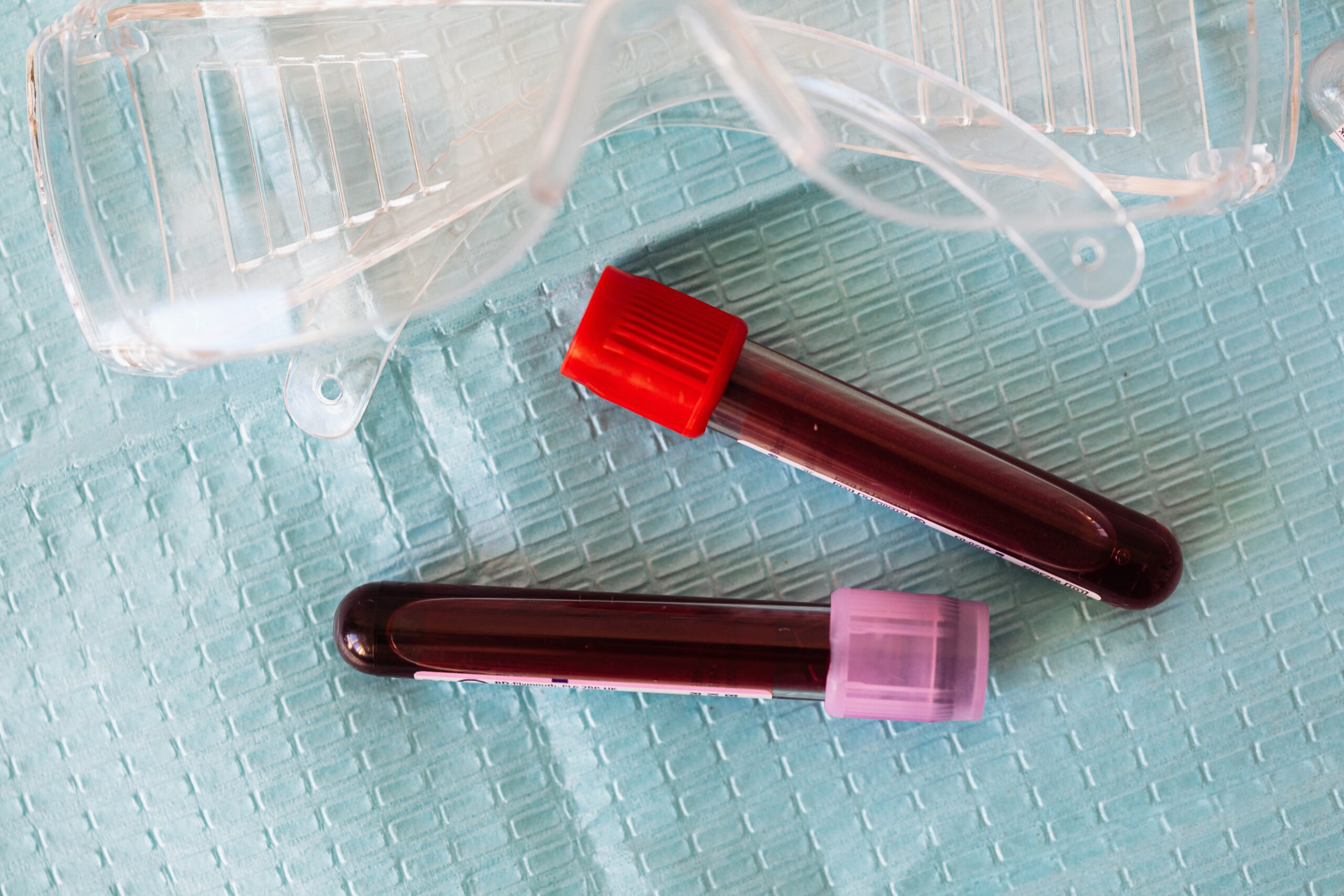HDL cholesterol levels are measured during a lipid panel to enable cholestrol analysis. HDL cholesterol is a lipoprotein qualified as « good cholesterol » because it captures excess cholesterol and transports it to the liver for elimination.
Definition
What is HDL cholesterol?
HDL cholesterol, also written HDL-cholesterol, is a high-density lipoprotein that contributes to the transport of cholesterol within the body.
Why is it called “good cholesterol”?
HDL cholesterol has the ability to capture excess cholesterol and then transport it to the liver for elimination. It is for this reason that HDL cholesterol is often referred to as the « good cholesterol », as opposed to LDL cholesterol which is considered the « bad cholesterol ».
What are normal HDL cholesterol values?
An HDL cholesterol level is generally considered normal when it includes:
- between 0.4 g/L and 0.6 g/L in adult men;
- between 0.5 g/L and 0.6 g/L in adult women.
Nevertheless, these reference values can vary according to the medical analysis laboratories and many parameters including age and medical history. For more information, you should seek advice from your doctor.
What is the analysis for?
The HDL cholesterol level is one of the parameters studied to analyze the total cholesterol level within the body.
The analysis of the total cholesterol level makes it possible to prevent or diagnose:
- hypocholesterolemia, which corresponds to a cholesterol deficiency;
- hypercholesterolemia, which refers to excess cholesterol.
Although it is an essential nutrient for the proper functioning of the body, cholesterol is a lipid whose excess constitutes a pathological risk factor. In excess, cholesterol gradually accumulates in the walls of the arteries. This deposit of lipids can lead to the formation of an atheroma plaque characteristic of atherosclerosis. This disease of the arteries can cause complications such as high ressure , myocardial infarction , cerebrovascular accident (CVA) or obliterating arteritis of the lower limbs (AOMI).
How is the analysis carried out?
The determination of HDL cholesterol is carried out as part of a lipid assessment. Carried out in a medical analysis laboratory, the latter requires a venous blood sample. This blood test is usually performed at the bend of the elbow.
Once collected, the blood sample is then analyzed to measure:
- HDL cholesterol level;
- LDL cholesterol level;
- total cholesterol level;
- the triglyceride level.
What are the variation factors?
Participating in the transport of cholesterol within the body, HDL cholesterol has a rate that varies according to dietary intake. This is why it is recommended to carry out the measurement of an HDL cholesterol level on an empty stomach, preferably for at least 12 hours. Before a lipid test, it is also advisable not to drink alcohol 48 hours before the blood test.
How to interpret the results?
The HDL cholesterol level is studied in relation to the other values obtained during a lipid assessment. In general, the assessment is considered normal when:
- the total cholesterol level is less than 2 g/L;
- the LDL cholesterol level is less than 1.6 g/L;
- the HDL cholesterol level is greater than 0.4 g/L;
- the triglyceride level is less than 1.5 g/L.
These normal values are given as an indication. They vary according to different parameters including gender, age and medical history. For a personalized analysis of the lipid profile, you should contact your doctor.
Interpretation of low HDL cholesterol
A low HDL cholesterol level, below 0.4 g/L, is often a sign of hypocholesterolemia, that is to say a cholesterol deficiency. Rare, this lack of cholesterol can be linked to:
- a genetic abnormality;
- malnutrition;
- cholesterol malabsorption;
- a pathology such as cancer ;
- a depressive state.
Interpretation of high HDL cholesterol
A high HDL cholesterol level, above 0.6 g/L, is perceived as a positive value. According to the researchers, this high rate could be associated with a cardioprotective effect.
A high HDL cholesterol level must nevertheless be analyzed with regard to the other results of the lipid panel. In addition, this high rate can be explained by taking certain medications, including lipid-lowering agents.

